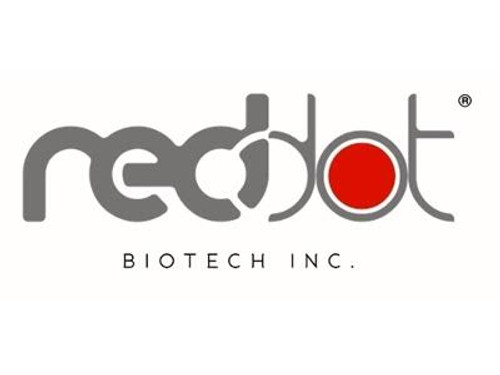Product Description
Rabbit Growth Hormone (GH) ELISA Kit | AE63220RB | Abebio
Species Reactivity: Rabbit (Oryctolagus cuniculus)
Abbreviation: GH1
Alternative Name: GH; GH-N; GHN; IGHD1B; hGH-N; pituitary growth hormone
Application: ELISA
Range: Request Information
Sensitivity: Request Information
Intra-Assay: ≤4.6%
Inter-Assay: ≤8.1%
Recovery: 0, 98
Sample Type: Serum, Plasma, Other biological fluids
Detection Method: Sandwich
Analysis Method : Quantitive
Test Principale: This assay employs a two-site sandwich ELISA to quantitate GH1 in samples. An antibody specific for GH1 has been pre-coated onto a microplate. Standards and samples are pipetted into the wells and anyGH1 present is bound by the immobilized antibody. After removing any unbound substances, a biotin-conjugated antibody specific for GH1 is added to the wells. After washing, Streptavidin conjugated Horseradish Peroxidase (HRP) is added to the wells. Following a wash to remove any unbound avidin-enzyme reagent, a substrate solution is added to the wells and color develops in proportion to the amount of GH1 bound in the initial step. The color development is stopped and the intensity of the color is measured.
Product Overview: Somatotropin is a member of the somatotropin/prolactin family of hormones which play an important role in growth control. The gene, along with four other related genes, is located at the growth hormone locus on chromosome 17 where they are interspersed in the same transcriptional orientation; an arrangement which is thought to have evolved by a series of gene duplications. The five genes share a remarkably high degree of sequence identity.Alternative splicing generates additional isoforms of each of the five growth hormones, leading to further diversity and potential for specialization. This particular family member is expressed in the pituitary but not in placental tissue as is the case for the other four genes in the growth hormone locus.
Stability: The stability of ELISA kit is determined by the loss rate of activity. The loss rate of this kit is less than 5% within the expiration date under appropriate storage condition. The loss rate was determined by accelerated thermal degradation test. Keep the kit at 37°C for 4 and 7 days, and compare O.D.values of the kit kept at 37°C with that of at recommended temperature. (referring from China Biological Products Standard, which was calculated by the Arrhenius equation. For ELISA kit, 4 days storage at 37°C can be considered as 6 months at 2 - 8°C, which means 7 days at 37°C equaling 12 months at 2 - 8°C) .
 Euro
Euro
 USD
USD
 British Pound
British Pound
 NULL
NULL








